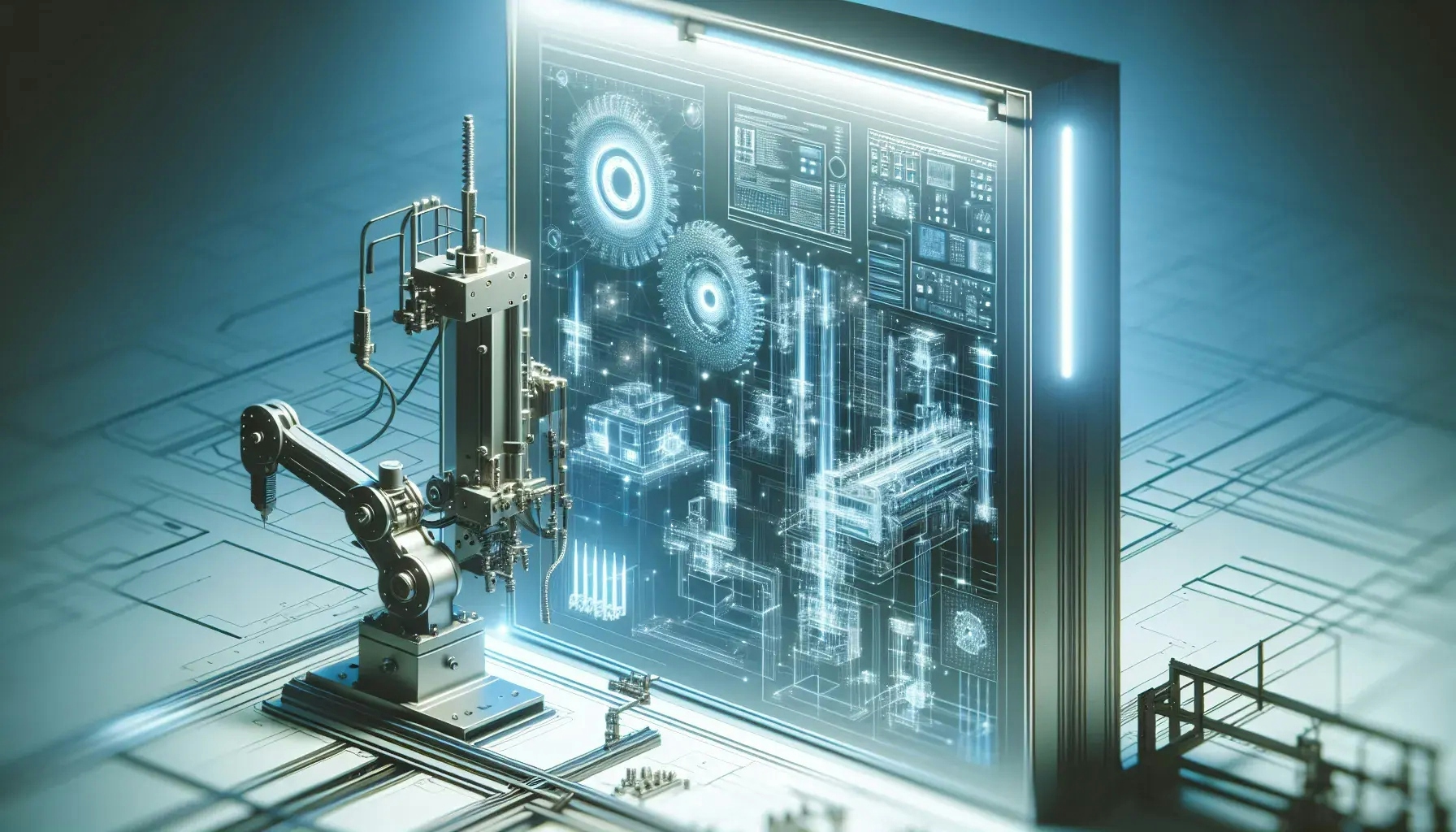Latest Trends in Manufacturing Technology
Manufacturing.press

The manufacturing sector is experiencing a technological revolution. This blog post will delve into the latest trends in manufacturing technology, exploring how they are reshaping the industry. We will examine the impact of these advancements, their benefits, and how manufacturers can leverage them to stay competitive.
The Rise of Automation and Robotics
Automation and robotics are transforming the manufacturing landscape. They are not only increasing efficiency but also reducing the risk of human error. Robots can perform repetitive tasks with precision, freeing up human workers for more complex tasks.
Moreover, automation is enabling manufacturers to maintain production levels 24/7. This constant production is leading to increased output and profitability. However, the adoption of automation and robotics is not without challenges. Manufacturers must invest in training their workforce to operate and maintain these new technologies.
Despite these challenges, the benefits of automation and robotics are undeniable. They are driving the future of manufacturing, and companies that fail to adopt them risk being left behind.
The Impact of Artificial Intelligence
Artificial Intelligence (AI) is another trend that is making waves in the manufacturing industry. AI can analyze vast amounts of data to identify patterns and make predictions. This capability is helping manufacturers optimize their operations and make informed decisions.
For instance, AI can predict when a machine is likely to fail, allowing for preventative maintenance. This predictive maintenance can save manufacturers significant costs associated with machine downtime. AI can also optimize supply chains by predicting demand and adjusting production levels accordingly.
Like automation and robotics, AI requires a skilled workforce to implement and manage. However, the potential benefits of AI make it a worthwhile investment for manufacturers.
The Role of 3D Printing
3D printing, also known as additive manufacturing, is revolutionizing the way products are made. It allows for the creation of complex shapes that would be impossible with traditional manufacturing methods.
3D printing also enables rapid prototyping. Manufacturers can create a prototype in a matter of hours, allowing for faster product development cycles. Furthermore, 3D printing reduces waste as it only uses the material necessary to create the product.
Despite its benefits, 3D printing is not suitable for all types of manufacturing. It is currently most effective for small-scale production and prototyping. However, as the technology advances, we can expect to see its use expand.
The Emergence of the Internet of Things
The Internet of Things (IoT) is a network of interconnected devices that collect and share data. In manufacturing, IoT devices can monitor production processes and provide real-time data. This data can be used to optimize operations and reduce waste.
For example, IoT sensors can monitor the temperature and humidity in a factory. If these conditions deviate from the optimal range, the sensors can alert the management team. This early warning system can prevent product defects and save manufacturers significant costs.
However, the use of IoT in manufacturing raises concerns about data security. Manufacturers must ensure they have robust security measures in place to protect their data.
The Influence of Virtual and Augmented Reality
Virtual Reality (VR) and Augmented Reality (AR) are changing the way manufacturers design and test their products. VR allows designers to create and interact with 3D models of their products. This capability can speed up the design process and reduce the need for physical prototypes.
AR, on the other hand, overlays digital information onto the physical world. In manufacturing, AR can be used to provide workers with real-time information as they perform their tasks. This can improve efficiency and reduce errors.
While VR and AR are still emerging technologies, their potential impact on manufacturing is significant. Manufacturers that embrace these technologies can gain a competitive edge.
The Power of Big Data and Analytics
Big data and analytics are enabling manufacturers to make sense of the vast amounts of data they collect. They can analyze this data to identify trends, make predictions, and optimize their operations.
For example, manufacturers can use data analytics to optimize their supply chains. They can analyze data on customer demand, production levels, and inventory to ensure they have the right products in the right place at the right time.
However, the use of big data and analytics requires a skilled workforce. Manufacturers must invest in training their employees to use these tools effectively.
The Future of Manufacturing: Embracing Technological Advancements
The latest trends in manufacturing technology are reshaping the industry. From automation and robotics to AI, 3D printing, IoT, VR, AR, and big data, these technologies are driving efficiency, reducing costs, and enabling innovation. Manufacturers that embrace these trends can stay competitive in the rapidly evolving market. However, they must also invest in training their workforce to leverage these technologies effectively. The future of manufacturing is here, and it is exciting.